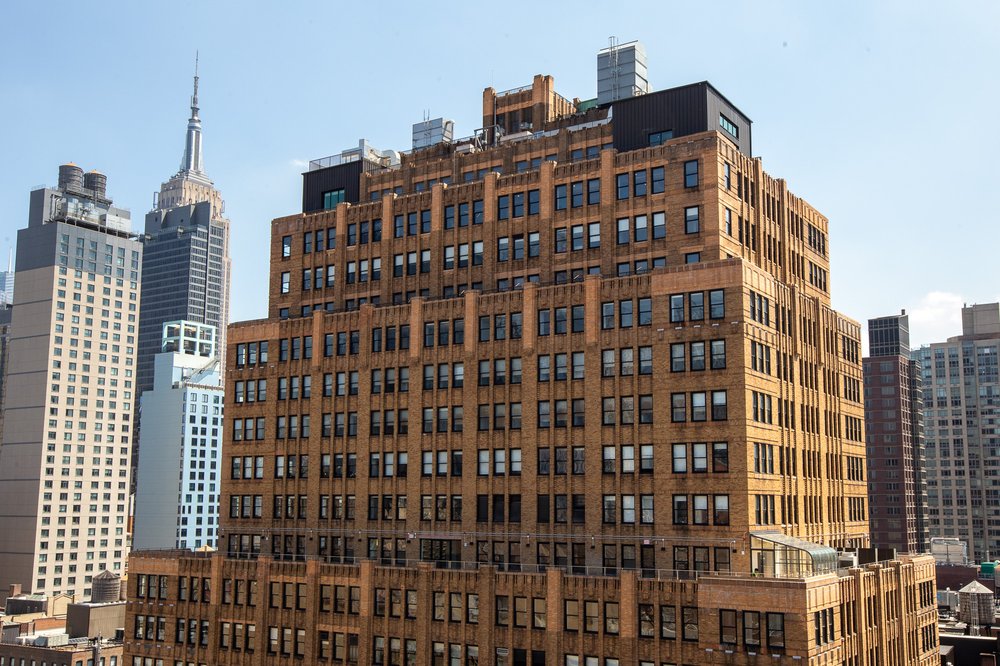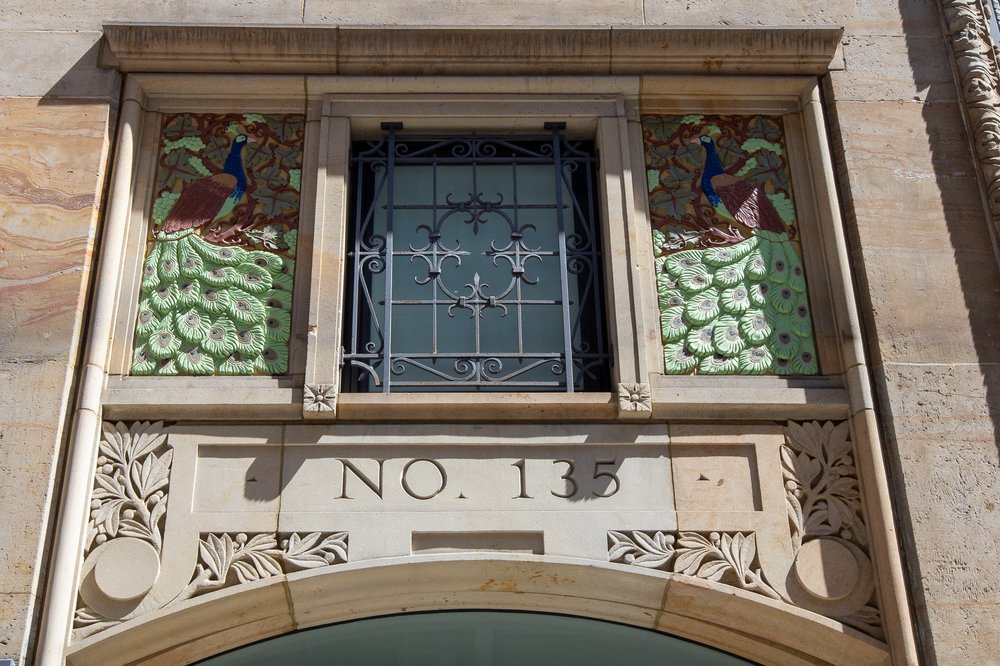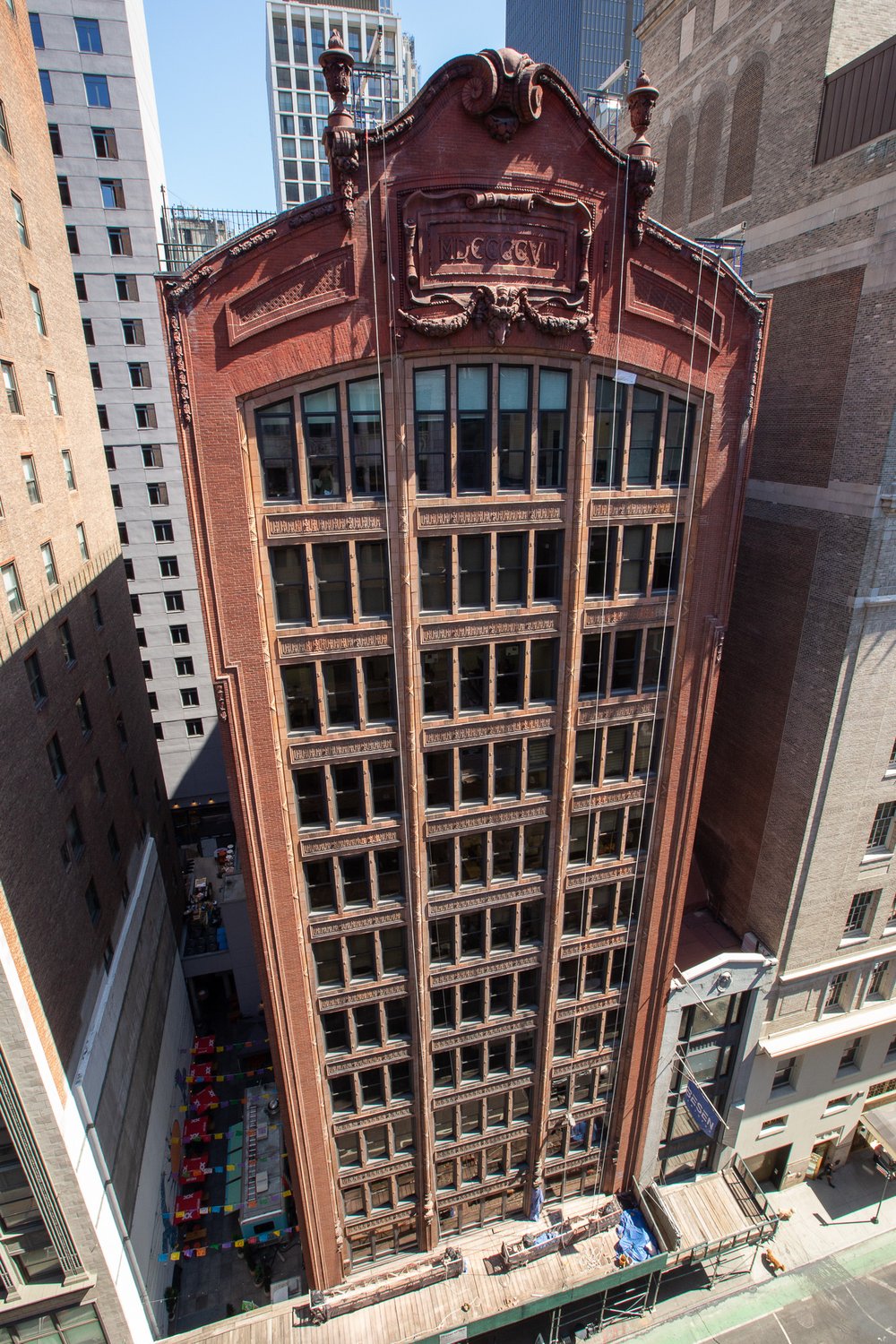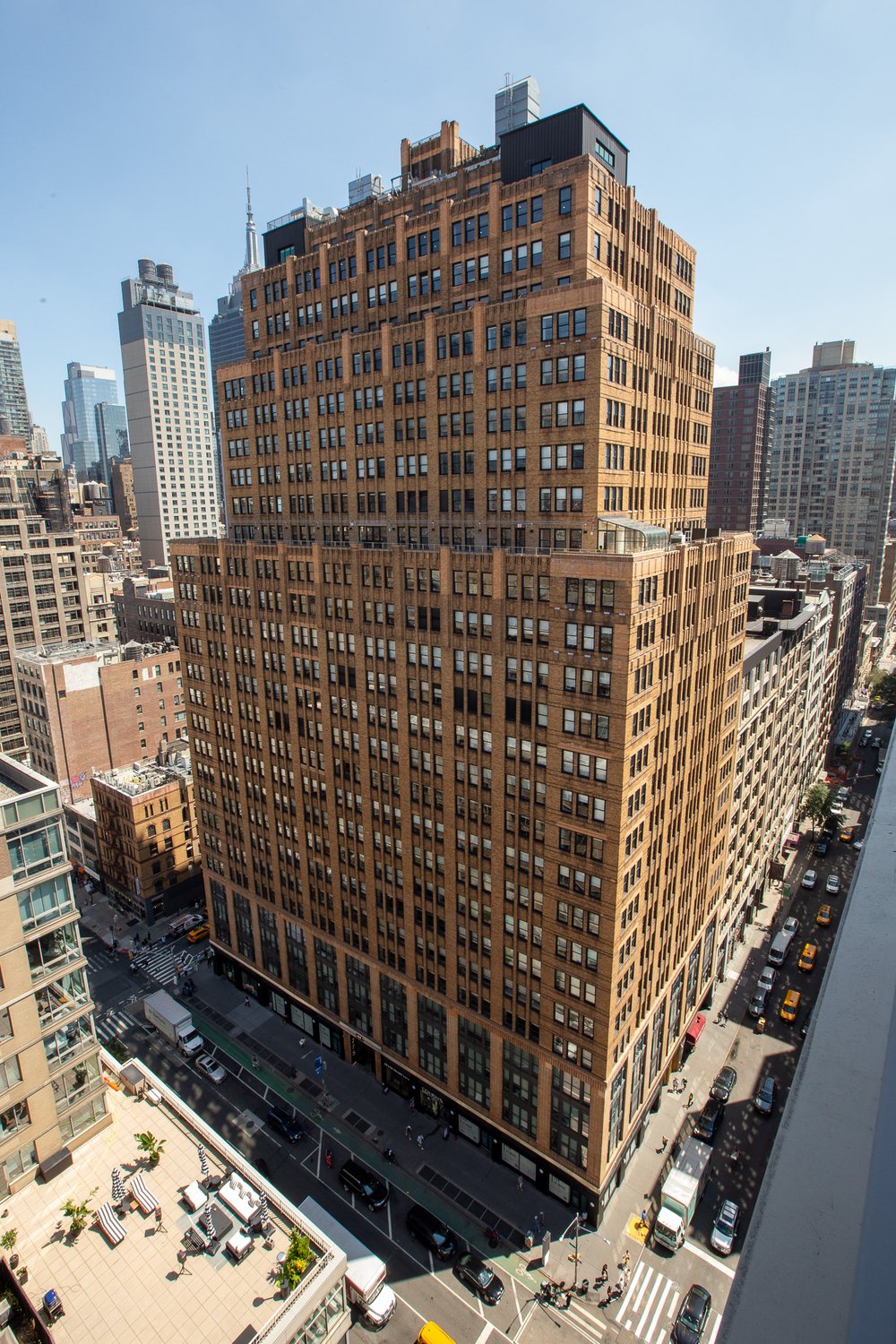NYC landmarks 5 Garment District buildings amid Midtown South rezoning
Aug. 12, 2025, 4:32 p.m.
City officials say it's a way of preserving the neighborhood's past even a rezoning would allow 10,000 new apartments into the area.

The New York City Landmarks Preservation Commission voted Tuesday to landmark five architecturally and historically significant buildings in Midtown, a few days after the City Council approved a plan to rezone the neighborhood.
City officials describe the landmarking as a coordinated effort to honor the Garment District’s past while shaping the neighborhood’s future. The properties are all early 20th-century commercial loft towers tied to New York’s fashion and fur trades, which peaked in the neighborhood in the early 20th century. If the City Council approves the designations, the Landmarks Preservation Commission would be required to approve any changes to the exteriors of the buildings going forward.
The designations were made in conjunction with the Department of City Planning’s Midtown South Mixed-Use Plan, which will allow nearly 10,000 new apartments, including roughly 2,900 affordable units, to be built in the area, according to the Landmarks Preservation Commission's Executive Director Lisa Kersavage.
Kersavage said residential conversions that don’t affect the exteriors could proceed without the commission’s review, under the new zoning.
“We are excited by the idea of residential conversions,” Kersavage said. “LPC has been in the business of adaptive reuse of buildings over our 60 years.”
The commission has already landmarked more than 200 buildings in the rezoning area, mostly focused on its 19th century residential history, but hasn’t previously focused on the later fashion industry in the area, the commission said in a public presentation.

The Fashion Tower was built in 1925 by Emery Roth, a prominent architect who designed properties including the San Remo and the El Dorado on Central Park West, the Hotel Belleclaire on the Upper West Side and the Hotel St. George in Brooklyn Heights.
The tower's architecture blends medieval, Renaissance and Art Deco flourishes in a flamboyant homage to the garment trade, with colorful peacocks over the entrance, winged angels wielding cutting shears and paint brushes, and women clutching mirrors or spools of yarn.
The building was the only one of the five new landmarks that was opposed in its public hearing on May 20, when lawyer Richard Lobel, representing the owners of the building, spoke against it.
“The timing of this designation is linked to the city’s proposed mixed-use rezoning,” Lobel said at the hearing. “Landmarking the property now, after nearly two decades of inaction since its National Register listing, raises concerns of why this building is being designated now and why in such haste.”

The Barbey Building, completed in 1909, predates the city’s 1916 zoning law and rises straight from the sidewalk without setbacks — a form that helped inspire that later regulation.
Designed by Delano & Aldrich for Mary Lorillard Barbey, one of the few women developers of her era, it’s clad in red brick and terracotta with gridded windows and Neoclassical ornaments. Over the years it housed millinery firms, artists’ studios and the corporate headquarters of Lord & Taylor.
Two of the five new landmarks, the Furcraft Building and the 29th Street Towers, reflect New York’s onetime dominance in fur production.
“Eighty-five percent of the country’s fur garments were made in New York City,” Kersavage said. The 29th Street Towers' facade is adorned with fur iconography, including beavers.

The tallest of the five landmarks is the Lefcourt Clothing Center, a 27-story Art Deco building on Seventh Avenue designed by Ely Jacques Kahn, who designed Bergdorf Goodman, the arch-like Municipal Asphalt Plant on the Upper East Side and other prominent NYC buildings.
The building played an important role in labor history as the home of the International Ladies’ Garment Workers Union, one of the primarily female unions in the country. The union organized a 1909 uprising prompted in part by a strike at the Triangle Shirtwaist Factory, two years before the tragic fire there in 1911.
The union eventually bought the Lefcourt Building and, now part of UNITE HERE, is still headquartered there.
Most landmark buildings in NYC are in Brooklyn and Manhattan. The city is trying to diversify. NYC landmarks 2 of the last fully intact blocks of Bed-Stuy brownstones